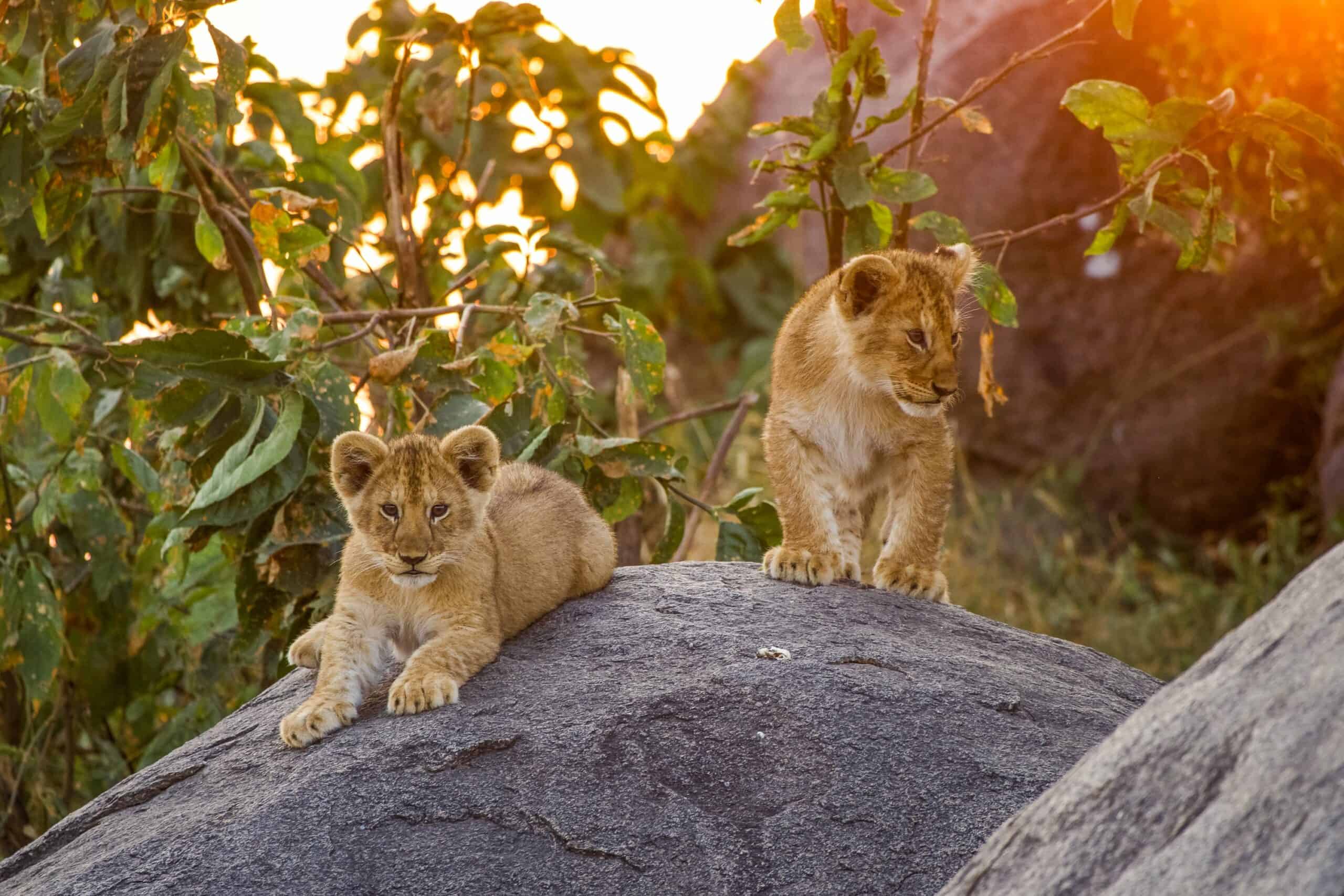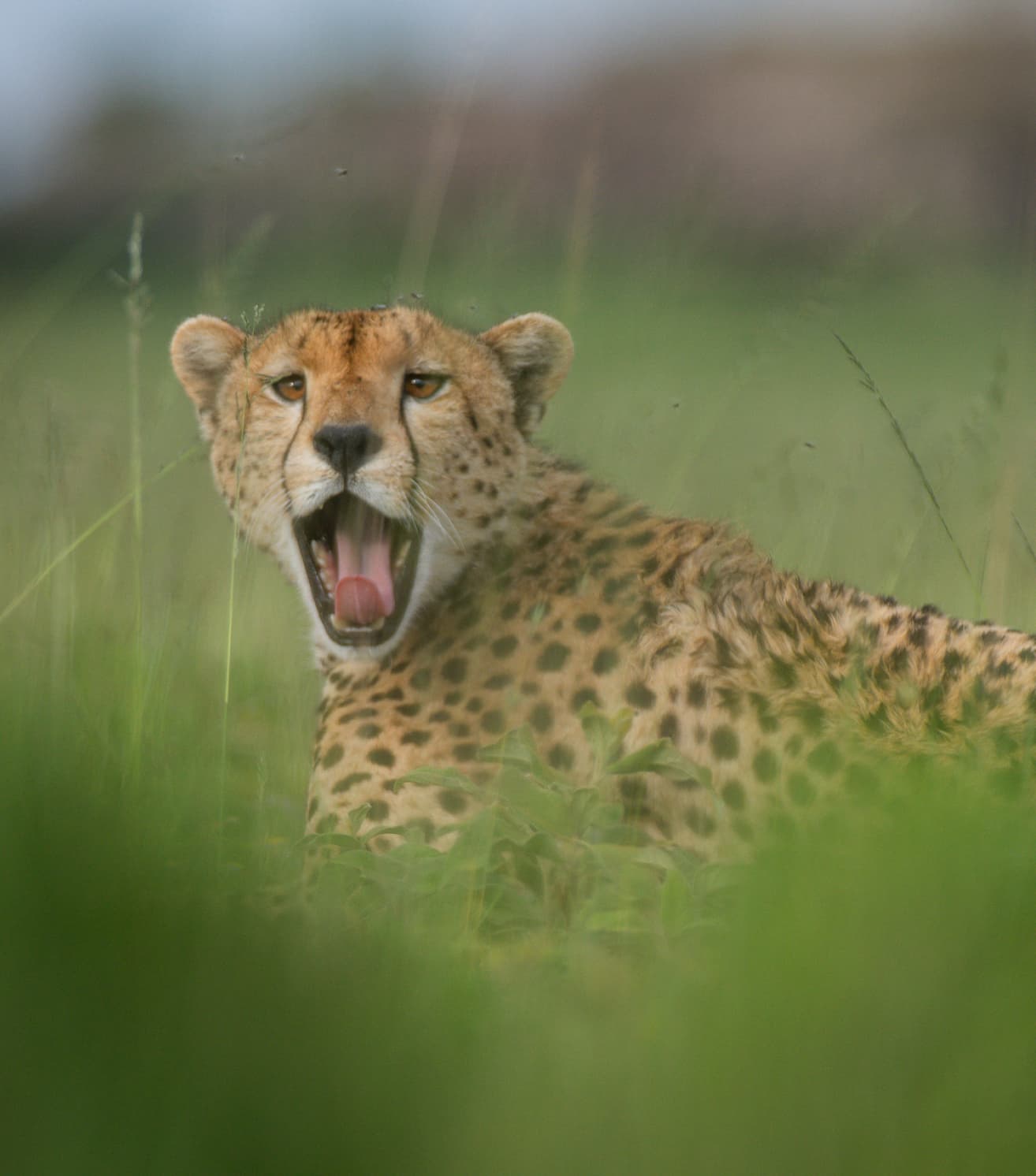

Lion Prides of Olmara Camp, Eastern Serengeti
by Ethan Kinsey, Director of Client Experience
Having just returned from a couple nights of fly camping and walking in the Serengeti wilderness area I had the chance to catch up with our resident guides at Olmara and get the low down of what the lions in the area are doing. Olmara camp is in an ideal location for any cat lover, let alone anyone with a fondness of lions. Ever since reading Jeannette Hanby & David Bygott’s beautiful narrative on lions in Serengeti (Lions Share) in particular the formation of the pride just south of camp in the Semetu kopjies, I thought it would be fun to map out what’s happening now.
Lions live in prides of 2-9 females who form the stable group and will generally live in their pride lands for their entire life- we call this female philopatry. Males who are born into prides leave somewhere around the age of 2 – 2.5 years and become nomadic until they are big and strong enough to take over a pride of their own. In a place like Serengeti, forming a coalition is essential to maintaining a pride long enough to successfully sire cubs to independence. Interestingly, coalitions of only two lions are likely unrelated, but coalitions of more than two are often related – litter mates or half brothers/cousins.
Olmara’s Lion Residents
Olmara Marsh Pride: A Changing Dynamic
Olmara’s vantage, sitting in the ecotone of the woodlands and Serengeti wilderness area to the north, and the vast open plains to the south, coupled with its proximity to the confluence of the Ngarenanyuki and Semetu valley (also known as cub valley further up) make it an ideal location for any pride. Even in dry years, the marsh at the confluence rarely dries up and warthogs, gazelle and the odd buffalo bull are abundant enough to sustain the three prides that converge on this area. Until last week, the Olmara marsh pride consisted of a core of five lionesses, a coalition of two beautiful males, three sub-adult males, and two eleven-month old cubs, but in the last couple weeks, the sub-adult males seem to have separated themselves, and one of the lionesses appears to be lactating. Follow @rufinatheguide_photography and @entara_lodges on Instagram to capture the moment the lioness brings her cubs out.




About a year and a half ago, a coalition of seven males rocked the Semetu pride world, killing cubs and eventually also killing the famous Bob-Jr in a brutal take over. Destabilized by the aggressive males, and despite regular mating episodes, the five females resisted conceiving until about half a year ago and have now finally given birth to a new generation of cubs. Over the past few days, we counted a total of 16 cubs. The seven males (who’s manes are maturing nicely) continue to feud among themselves, so we eagerly watch, hoping that they will stabilize and hold on to the pride long enough for this litter to grow to independence.
Because the Olmara pride and Semetu pride are closer, we don’t often have to go further to find lions, however, just a five kilometers East of camp, in the woodlands and plains towards Soit le Motonyi, is a large pride that has at times had fourteen lionesses together with a coalition of three males. These females are rarely all seen together, and six lionesses seem to be spending more time towards the Barafu valley, while eight spend time in the woodlands closer to camp.
A New Generation in the Semetu Pride

With so many lions in such close proximity to Olmara, it is really hard to believe that lion populations have declined so drastically across the continent. Approximately 20,000 lions are left in Africa, and of the 8,000 in Tanzania, Serengeti’s 3,000 are a significant lion population. We are fortunate to have a camp in such a special location, to get to guide here, and we look forward to showing them to our guests.

Enquire now
Facebook
Instagram




The Best Time to Safari in Northern Tanzania

It’s a Wild Life for Head Guide, Said Kotoku







